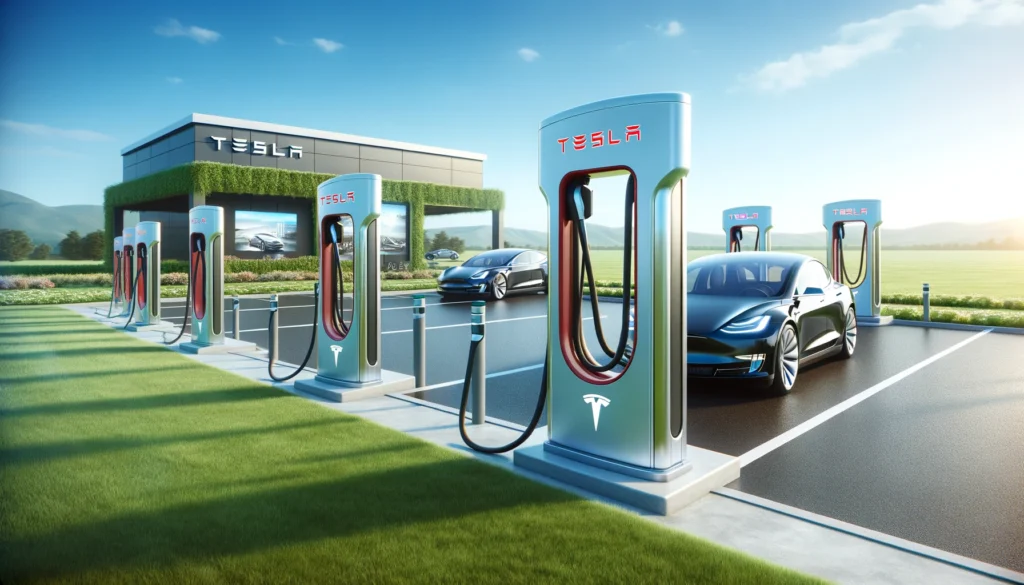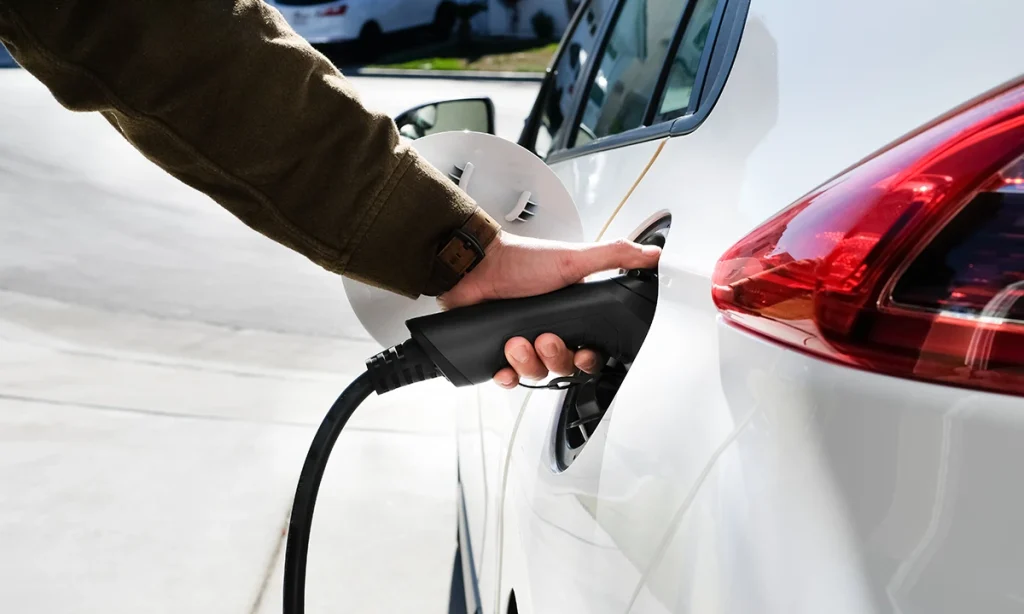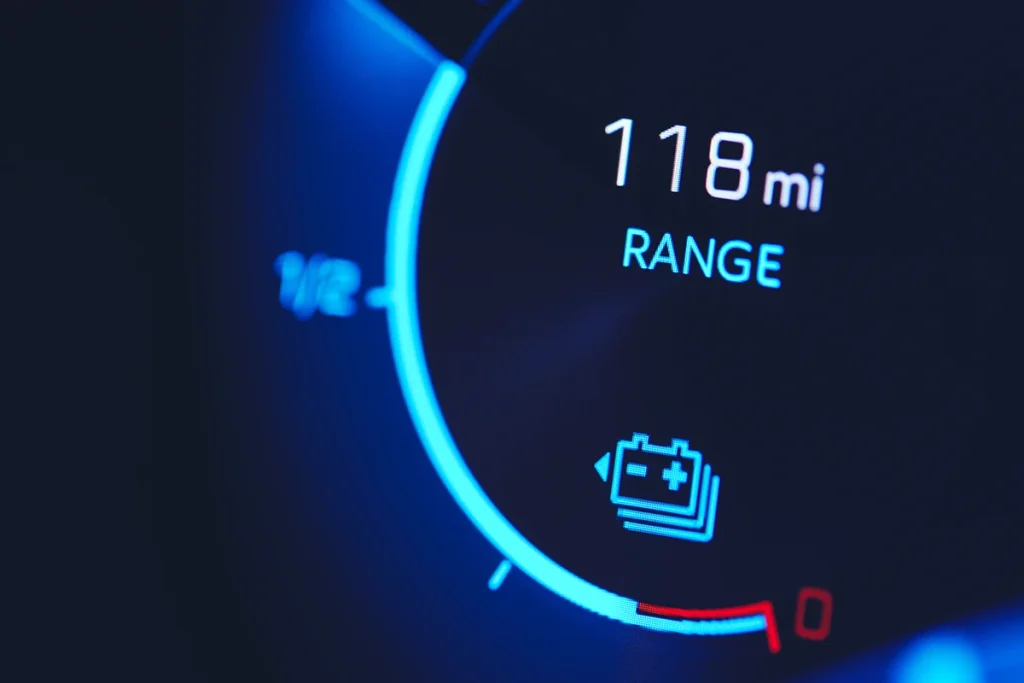The electric vehicle (EV) landscape is undergoing a significant transformation as major automakers, from traditional giants like Ford and GM to luxury manufacturers such as Mercedes-Benz, Lucid, and Polestar, announce their adoption of Tesla’s charging standard. This shift is not only reshaping the dynamics of the EV market but also addressing a critical concern for consumers – the accessibility and convenience of charging infrastructure.
Living in California, the once-novel sight of a Tesla or a Prius has become an everyday occurrence. The growing popularity of electric cars is poised to become even more pronounced as states like California aim to outlaw the sale of new gasoline-powered vehicles by 2035, aligning with a global push towards more environmentally conscious transportation.
Sales of electric vehicles are on an upward trajectory, with expectations of a 35% increase worldwide in 2023, resulting in a staggering 14 million units sold by the end of the year. Projections indicate that electric vehicles will constitute 60% of all vehicle sales in key markets such as China, the US, and Europe by 2030. As electric cars become more prevalent, the need for charging stations is paramount to make them as common as traditional gas stations.
However, one of the primary concerns for potential electric car buyers is the availability of charging infrastructure. The fear of being stranded with a dead battery, commonly referred to as range anxiety, can be a significant deterrent. With Tesla emerging as a dominant force in charging infrastructure, a paradigm shift occurs as carmakers globally enter agreements to make their vehicles compatible with Tesla’s Superchargers.
Amaiya Khardenavis, a research analyst at Wood Mackenzie, emphasizes the impact on range anxiety, noting that there are approximately 34,000 fast chargers in the US, with 60% of them owned by Tesla. This move is expected to significantly enhance the reach and accessibility of charging options, alleviating a primary concern for electric vehicle users.
Understanding the technical distinctions between electric vehicle chargers is crucial in grasping this evolving landscape. Currently, there are two main charging standards – the Combined Charging System (CCS) and the North American Charging Standard (NACS), introduced by Tesla in 2012. The NACS connector, known for its smaller size and lightweight cable, facilitates a more convenient plug-in and charging experience. While CCS chargers offer a higher power output at 350kW compared to Tesla Superchargers at 250kW, the greater availability of NACS connectors in the US (19,000 ports) contributes to their appeal.
Loren McDonald, CEO of analysis and insights group EVAdoption, emphasizes the advantage of accessing the Tesla Supercharger network, citing the higher number of working chargers at Tesla stations than other networks. A recent study in the San Francisco Bay Area found that CCS chargers function only 72% of the time, highlighting the reliability of Tesla’s Superchargers with a 99% uptime.
As the demand for chargers increases in terms of both quantity and speed, the industry is witnessing a significant transition. The “big switch” began with Ford CEO Jim Farley, driven by frustration with the charging experience for Mustang Mach-E customers at Electrify America charging stations. Ford partnered with Tesla to seek a customer-centric solution, a move later echoed by General Motors (GM). This collaborative approach allows automakers to avoid substantial investments in building their charging networks, with GM CEO Mary Barra estimating potential savings of up to $400 million through the Tesla deal.
Tesla, recognizing larger revenue generation opportunities, spun off its Supercharger division into a separate entity. Sandeep Mukunda, IDC research manager for digital automotive and transportation strategies, notes that Tesla’s continued advantage in in-vehicle technology and pricing positions the company as a formidable player in the evolving landscape rather than a threat to its competitors.
The momentum towards a unified charging approach gained further traction with Mercedes-Benz’s recent announcement. The German automaker revealed plans for its EV customers to access over 12,000 Tesla Superchargers starting next year, joining a growing list of automakers embracing Tesla’s technology. Mercedes’ move aligns with the industry-wide effort to provide a universal charging port for EVs, irrespective of the manufacturer.
Mercedes-Benz drivers currently rely on the “Mercedes me Charge” stations across the US, but the company plans to equip EVs made in 2025 and beyond with a Tesla Supercharger port. This transition aims to elevate the overall EV experience, providing fast, convenient, and reliable charging solutions for Mercedes-Benz customers.
The commitment to expanding charging infrastructure is evident in Mercedes’ plan to add more than 2,500 chargers across North America by the end of 2030. The first batch of NACS charging stations, open to both Mercedes and non-Mercedes drivers, is set to debut at the end of this year. Mercedes also envisions the construction of hundreds of charging stations in Europe and China.
However, questions about the seamless charging experience for non-Tesla vehicles at Tesla charging stations still remain. Amaiya Khardenavis anticipates a potential short-term impact on EV sales, as consumers might prefer waiting for vehicles with built-in NACS charging capabilities instead of relying on adapters. Despite this, there is optimism that the transition will ultimately yield a net positive outcome for the future of electric vehicles.
As automakers strategically invest in charging stations to incentivize EV adoption, the electric car market is anticipated to reach $1.1 trillion globally by 2030. Industry players are keenly aware that addressing concerns, such as the availability of charging infrastructure, is crucial to driving consumer interest in electric vehicles.
A survey by Deloitte reinforces this point, revealing that the “availability of charging infrastructures” is a top concern among potential EV buyers, second only to cost. The push towards a universal charging standard, exemplified by the adoption of Tesla’s charging technology, signifies a collaborative effort within the automotive industry to overcome barriers and propel the electric vehicle revolution forward.


